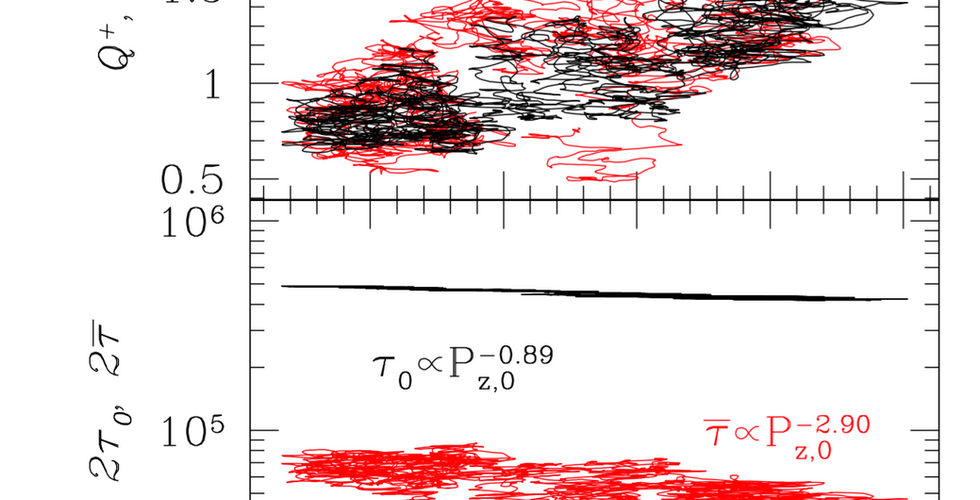Thermal Stability of Radiation Pressure Dominated Accretion Disks
- Jiang et al., 2013, ApJ, 773, 65; Jiang et al.
- Mar 26, 2016
- 2 min read

The inner region of black hole accretion disks is expected to be radiation pressure dominated whenever the accretion rate is above a few percent Eddington accretion rate. The standard thin disks are well known to be thermally unstable. However, this is inconsistent with the long-living thermal state in X-ray binaries and AGNs.
It is now widely accepted that the stress that removes the angular momentum in the disk is provided by the MRI turbulence. The goal of the project is to check with the thermal stability of radiation dominated accretion disks with self-consistent MRI turbulence and radiative transfer.
In a series of local shearing box simulations with electron scanttering and free-free opacity for stellar mass black holes, the disk maintains a steady vertical structure for many thermal times. However, in every case in which the box size in the horizontal directions are at least one pressure scale height, fluctuations associated with MRI turbulence and dynamo action in the disk eventually trigger a thermal runaway that causes the disk to either expand or contract until the calculation must be terminated. During runaway, the dependence of the heating and cooling rates on total pressure satisfy the simplest criterion for classical thermal instability. We identify several physical reasons why the thermal runaway observed in our simulations differ from the standard α disk model; for example, the advection of radiation contributes a non-negligible fraction to the vertical energy flux at the largest radiation pressure, most of the dissipation does not happen in the disk mid-plane, and the change of dissipation scale height with mid-plane pressure is slower than the change of density scale height.
The next step is to carry out global radiation MHD simulations for the thin disks and see how the thermal instability changes the global structures of the disk for stellar mass black holes.
For accretion disks in super-massive black holes, thermal temperature in the accretion disks is much smaller based on simple estimate of Eddington luminosity and Schwarzschild radius. The opacity peak caused by irons around 10^5 K is much larger than electron scattering opacity and it turns out to play an important role to change the stability and structures of the disks. The iron opacity peak moves up and down in the disk vertically when mid-plane temperature increases and decreases, which cuases the dependence of total optical depth on the mid-plane radiation pressure. This cannot happen in electron scattering opacity dominated case. The iron opacity peak also enhances the vertical advection flux, which is associated with the butterfly diagram caused by magnetic buoyancy. All these effects significantly reduces the growth rate of thermally instability. It can even stabilize the disk. This also demonastres that accretion disk physics does not simply scale with black hole masses.
















Comments